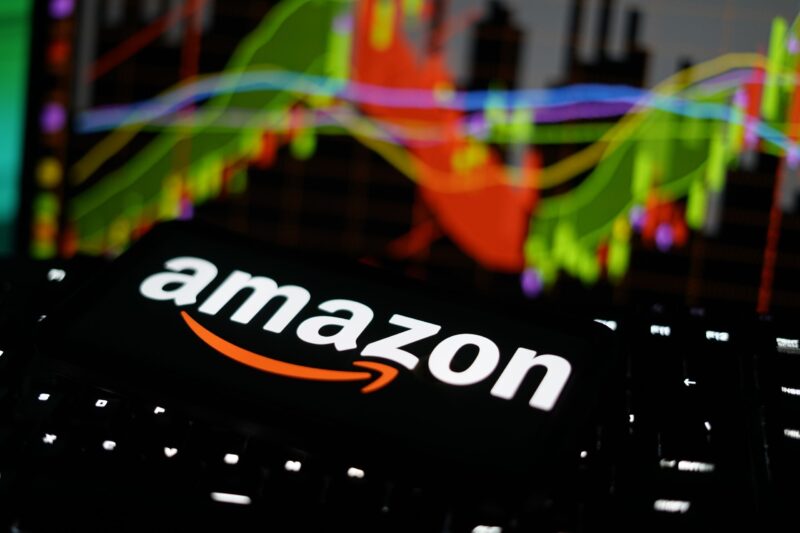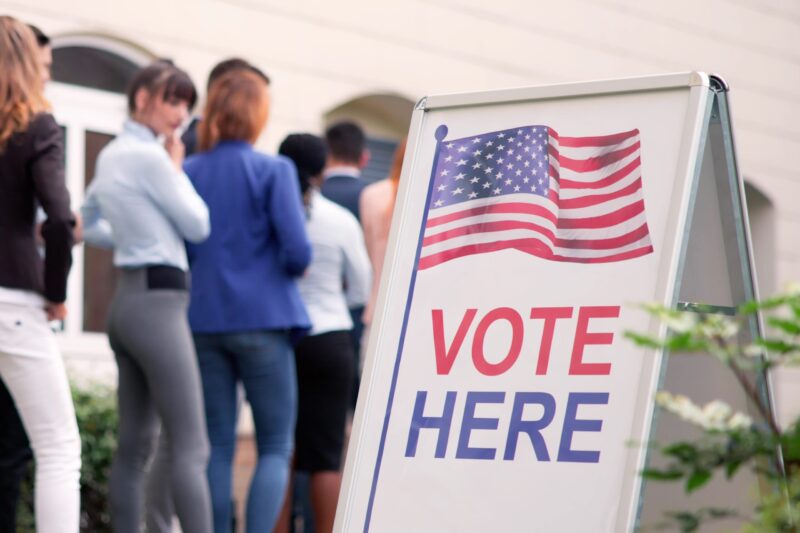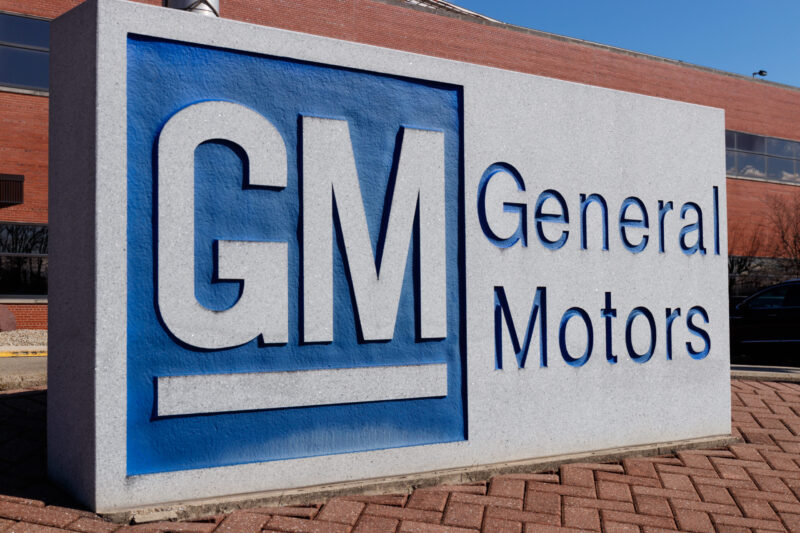In October 2025, U.S. employers announced 153,074 job cuts, the highest total for that month in more than two decades, according to Challenger, Gray & Christmas’s Challenger Report. Crucially, a growing number of these cuts are being directly tied to the adoption of artificial intelligence (AI) and automation. More than 31,000 of the cuts in October were explicitly attributed to AI-related restructuring. Overall, through the first ten months of 2025, employers have announced 1,099,500 job cuts — up 65% from the same period in 2024.
AI Ramping Up Job Cuts — A Sharp Turn in the Labor Market
While traditional cost-cutting remains the top reason companies cite, AI has moved from the periphery to a clear driver of workforce reductions. In September 2025 alone, approximately 7,000 job cuts were directly tied to AI. Through September, about 17,375 job cuts were explicitly tied to AI, with an additional 20,000 linked to “technological updates,” a category that often includes automation. The true number of AI-driven cuts may be even higher, since many layoffs are labeled under broader terms rather than “AI.”
Put simply: AI is no longer a future worry — it’s already reshaping the job market.
Sectors Being Disrupted First
The impact of AI-driven cuts isn’t evenly spread across industries. Two sectors stand out. The Technology sector faced 33,281 job cuts in October — a massive jump from just over 5,000 the month before. Tech companies themselves are citing AI as a reason for restructuring. Meanwhile, the Warehousing and Logistics sector posted 47,878 cuts in October — a striking surge and a reflection of automation and AI adoption in supply-chain operations.
According to the New York Post, major U.S. employers are leading this new wave of AI-driven restructuring across industries:
- Amazon recently announced plans to cut about 14,000 corporate roles as part of a reorganization meant to “reduce bureaucracy” and redirect resources toward artificial intelligence initiatives.
- Target, under incoming CEO Michael Fiddelke, revealed its first major layoffs in a decade — eliminating 1,800 corporate positions, or roughly 8% of its headquarters staff — in an effort to streamline operations and counter declining sales.
- Meanwhile, UPS confirmed it will trim 48,000 jobs company-wide in a sweeping cost-cutting plan tied to automation and efficiency upgrades.
Other sectors, such as media and non-profits, are also feeling the effects as AI, automation, and cost-cutting converge. Across the economy, the shift is clear: companies are rethinking their human workforce in light of smarter, cheaper, and faster technology.
Why AI Cuts Are Getting More Visible
There are several reasons why AI is increasingly cited as a cause for job cuts. AI tools are now capable of taking on tasks once done by humans — from customer service chatbots to predictive analytics that replace manual roles. Employers are under economic pressure from softening demand and rising costs, and AI offers a way to streamline operations. Entry-level roles and predictable, repeatable work are the first to go. As AI becomes more integrated, companies are retooling departments and demanding employees with higher technical fluency.
Put another way, AI is no longer just a tool for efficiency. It’s becoming a substitute for certain kinds of work. And that’s why it’s appearing more often as a listed reason for job cuts.
What This Means for Workers
If you’re a worker — especially early in your career — the AI disruption should prompt serious reflection. Roles that rely heavily on routine, predictable tasks are increasingly at risk of automation or AI replacement. Finding a new job may also be harder: hiring plans are slowing. Through October, U.S. employers announced only 488,077 planned hires — down 35% from the same period last year.
Reskilling is becoming critical. Because AI is changing what skills employers value, upgrading your digital competency, understanding AI tools, and being adaptable will help you stay competitive. The report warns that those laid off now are finding it harder to quickly secure new roles, which could further loosen the labor market.
Implications for Employers and the Economy
From the employer side, adopting AI can boost productivity — but it also carries risks. Cutting too deeply or too quickly can damage morale, innovation, and long-term growth. Over-reliance on automation may save costs today but limit creativity tomorrow. Companies that balance AI efficiency with human capability will likely perform best in the long run.
From an economic perspective, rising layoffs and slowing hiring pose real concerns. If too many workers lose jobs while few new roles emerge, consumer spending will weaken. That, in turn, can trigger more layoffs — creating a negative cycle. The fact that AI is now a named driver of job cuts suggests the labor market may be entering a structural shift, not just a temporary downturn.
What to Watch Going Forward
Several trends merit close attention:
- Will companies continue to list AI explicitly as a reason for layoffs? Some may categorize it under broader labels like “technological update,” so the real figure may be higher.
- Are hiring plans recovering? If not, it suggests companies aren’t just cutting now—they’re slowing growth and perhaps shifting operational models.
- Which types of roles are disappearing fastest? Watching whether entry-level and routine jobs shrink more rapidly can indicate the pace of AI disruption.
- What sectors are most exposed next? If warehousing and tech lead now, could administration, finance, customer service roles be next?
Final Word
The October 2025 job-cut data marks a turning point for the U.S. labor market. AI has moved from a promise to a tangible force in workforce reduction. While cost-cutting remains the top cause, the fact that over 30,000 jobs in one month were explicitly attributed to AI shows how fast the landscape is changing.
For workers, this means being agile, proactive, and open to re-skilling. For businesses and policymakers, it means understanding that AI’s influence reaches beyond productivity — it affects people, communities, and the economy itself. The challenge now is to harness AI’s power responsibly while protecting the human workforce that drives innovation forward.
Cut through the noise. Drown out the spin. Deliver the truth.
At The Modern Memo, we’re not here to soften the blow — we’re here to land it. The media plays defense for the powerful. We don’t.
If you’re done with censorship, half-truths, and gaslighting headlines, pass this on. Expose the stories they bury.
This isn’t just news — it’s a fight for reality. And it doesn’t work without you.
Do you need to find health insurance after being laid off? Now is the perfect time during Open Enrollment. Click HERE for details.
Subscribe to The Modern Memo here!







